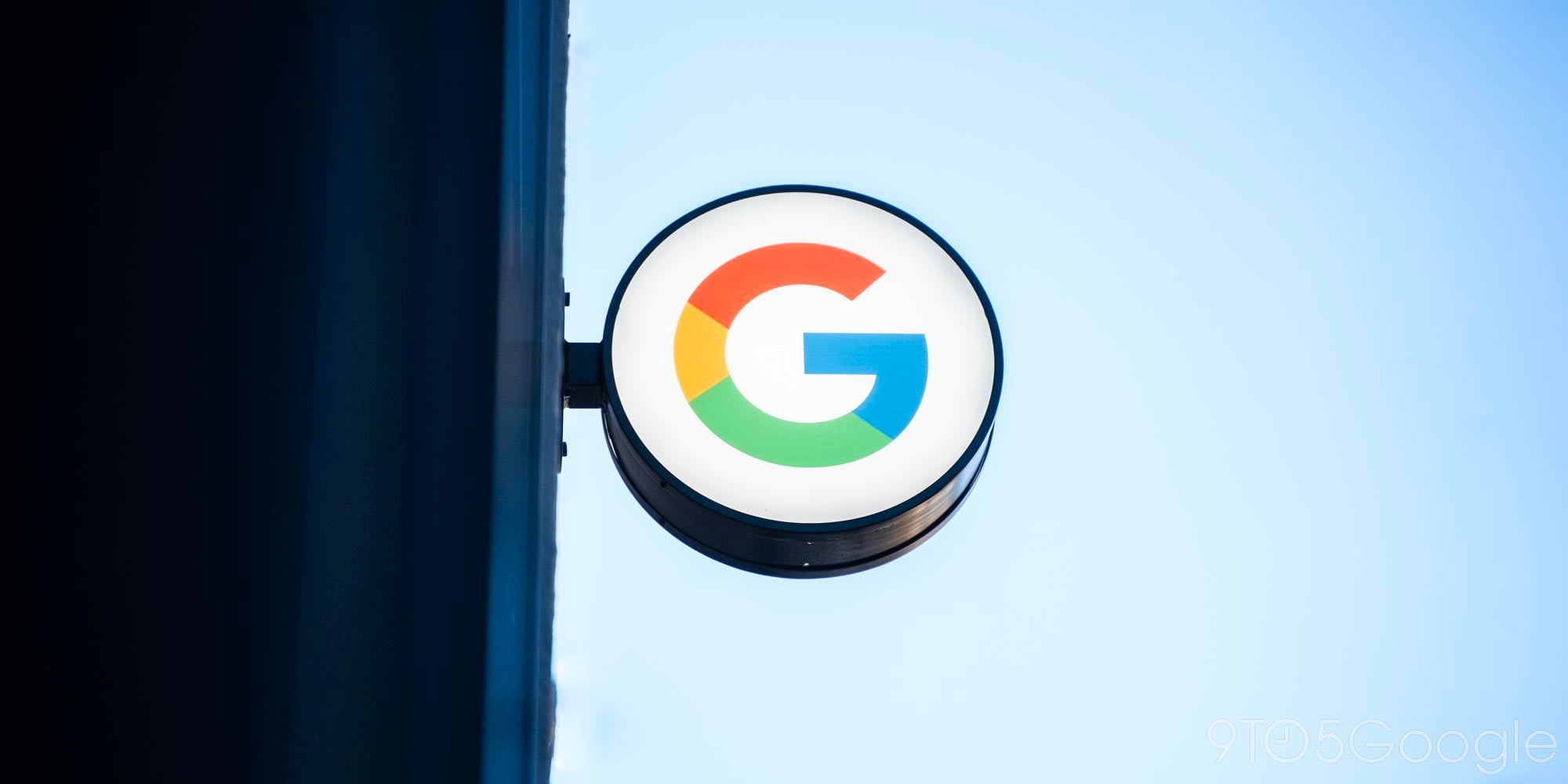
Chrome 68 is rolling out today to the beta channel with a number of features ranging from security and PWA enhancements to crash reduction. On the design front, the vertical tab switcher on Android adopts an Android P-like appearance, while a significant Material Design look is in the works for desktop.
As part of Google’s long-standing push to increase HTTPS adoption across the web, Chrome 68 will begin labeling all HTTP sites as “Not secure” in the address bar. Earlier this year, Chrome first applied this label to HTTP sites in Incognito given the increased expectation of user privacy in that mode.
In order to reduce browser crashes on Windows, Chrome began warning of injections from third-party software earlier this year. Today, Chrome 68 blocks third-party apps from injecting into Chrome processes. If this prevents Chrome from launching, the browser will restart and permit the injection but display a warning advising that they remove it. (Update: This feature has been pushed back to Chrome 69.)
New protections defend users against iframes redirecting users to unwanted sites. The ability for an embedded iframe to navigate to a different website is frequently used by single-sign-on providers and payment processors. However, it can also be abused to takes users to sites without their knowledge.
As such, Chrome 68 will require a user gesture to navigate to content with a different origin. This protection is similar to pop-up blocking, with users seeing a Chrome UI to allow redirects to continue. The change also applies to tab-under when a page both opens a pop-up to the intended destination and navigates the original page to nefarious third-party content.
With the Page Lifecycle API developers can suspend background tabs when demanded by the system. On the web, sites have long been able to run continuously in contrast to Android and iOS apps that can be started and stopped by the system to save battery life and resources.

On Android, Progressive Web Apps have more control over the “Add to Home screen” prompt. Google’s end goal is to add an install button right in the Omnibox next to the URL. In the meantime, Chrome will allow developers to first surface their own UI informing users that the site can be “installed” to the home screen. There is also a new mini infobar to add PWAs.
Also on mobile, the last version of Chrome began work on a vertical tab switcher. In Chrome 67, cards for tabs overlapped, but in version 68, the cards are spaced out and the tab switcher looks like Android P’s Recents menu. This is great for visibility with users able to swipe away cards as usual.
- Current
- Chrome 68 Dev
- Chrome 68 Canary
For Mac, Windows, Linux, and Chrome OS, Google has begun development on a big redesign to the browsers. It adopts some of the elements announced at I/O 2018 with the Material Theme including new colors, rounded elements, and more.
This “Material Design refresh” includes new rounded tabs, buttons, and pill-shaped Omnibar that reflects the new curvature found on recent Google updates. Meanwhile, subtler tweaks include a floating effect for Omnibar dropdowns, prompts, and moved avatar and New tab icons. It’s not clear when Google is planning to launch this redesign.

Check out 9to5Google on YouTube for more news:
FTC: We use income earning auto affiliate links. More.




Comments